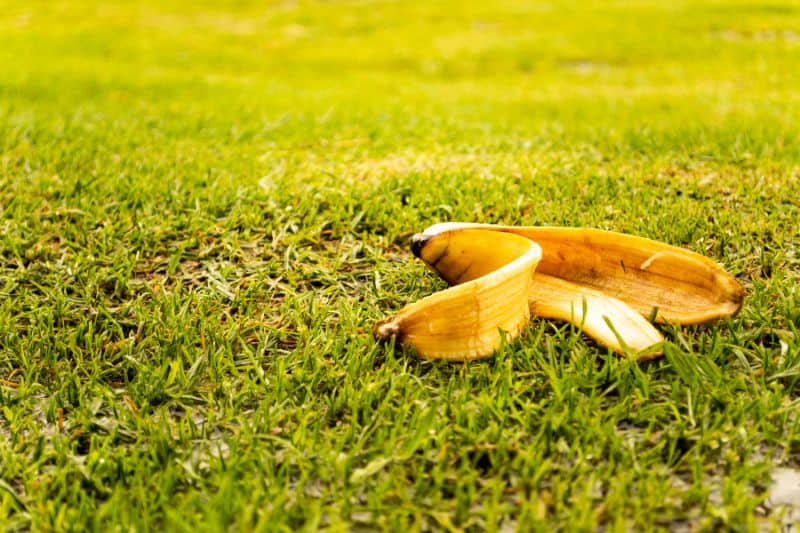Are you a banana lover? You aren’t alone!
In fact, the banana is the world’s most popular fruit, with over 100 billion of them consumed every year.
But have you ever considered the proper way to dispose of the peel? Where should it go?
Are you supposed to toss it in the trash bin, or can you just throw it through the window and wait for nature to take care of the rest?
Well, this article answers all these questions, so read on!
Is Throwing a Banana Peel Out the Window Littering?
Throwing a banana peel out the window is definitely littering. In fact, a banana peel is dangerous if left in the environment, despite the fact that it’s biodegradable. Banana peels are very slippery, making them a safety hazard when disposed of inappropriately.
You may think a banana peel is organic waste and will biodegrade after a while. And you will be correct, but consider the damage if everyone leaves their banana peels and other organic waste to nature to dispose of.
Unlike plastics and manufactured waste products, organic product waste like banana peels will decompose quickly, but they are still out of place in the ecosystem.
To make it worse, banana peels are extremely slippery, and that’s because they have Polysaccharide molecules in them. This makes them a great risk when not properly disposed of.
And, of course, improper disposal may lure wild animals from the safety of the wild. Once animals get the idea that there are food options outside their familiar territory, they’ll frequent the place, expecting to find something.
So, what’s the problem with that? It can affect the interconnectedness in the ecosystem they’re a member of. Plus, these movements may increase the percentage of wildlife-vehicle collisions.
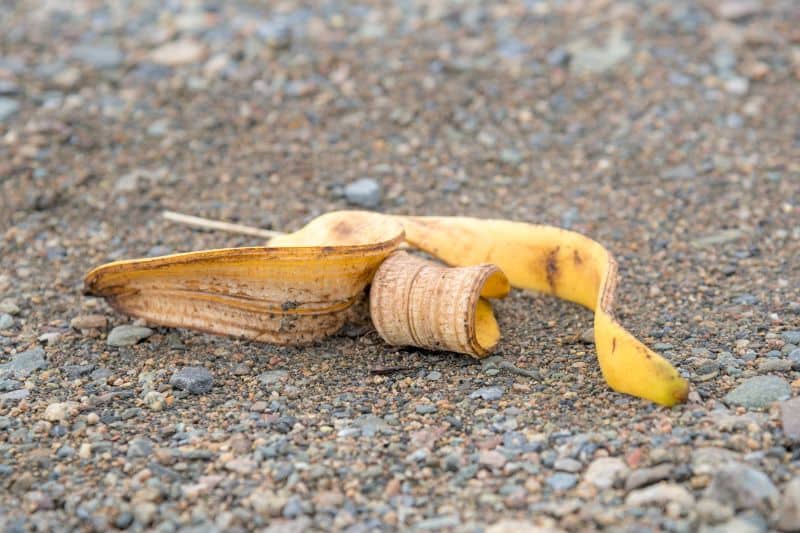
How Long Does it Take a Banana Peel to Decompose?
Left outdoors, decomposing a banana peel will take anything from 7 months to 2 years. The time frame will be shorter in warmer temperatures because microbes need heat to actively break down the banana peels. But during the winter, the process will be slower.
Ask anyone why they throw their banana peels out the window, and they will likely defend it by saying it is organic waste.
Nature is expected to take care of it, as it does the other waste materials untouched by man.
And while that’s what will eventually happen, one thing you should keep in mind is that bananas are among the most produced and consumed foods worldwide, with about fifty million tons imported and exported yearly.
In fact, there is no doubt that bananas are a lot of people’s favorites, and they make great trail snacks. But it is better for the environment when you dispose of your peels properly.
Imagine if every other banana lover decides to dispose of the peels on the trail. It could help wild animals overcome humans’ instinctual wariness and compete for resources.
Out of sight should not be out of mind when disposing of organic waste. Your banana peel and other trail snacks should be appropriately disposed of.
A compost pile is a great place and will break down in four to five weeks, and that’s because there is a difference between the decomposition period when a banana peel is in a compost pile and when it is thrown away without caution.
Microbes, heat, water, and oxygen will turn the peel into humus, but you will get faster results in a more controlled environment like a compost pile.
Rest assured that the heat in the compost pile will kill whatever harmful parasite is on the banana peel, making it safe for garden and potted plants.
What Can Happen if You Throw a Banana Skin on the Road?
Once you throw a banana skin on the road, it will attract wildlife in search of food. Animals can smell it from afar and may keep coming back, leading to potential conflicts with humans.
Sadly, statistics reveal that during the pandemic, approximately 2.1 million wild animals, such as deer, were struck by vehicles, emphasizing the dangers.
Moreover, banana peels are unsightly throughout their decomposition process, and they can encourage littering. If one person sees a discarded peel, they might think it’s acceptable to add more trash to the pile. Given their slow breakdown, it results in an accumulation of unattractive organic waste.
Additionally, bananas are not native to many environments, disrupting the local balance when their litter remains unattended. In the end, tossing a banana peel on the road can create ecosystem problems and unintended conflicts between humans and animals.
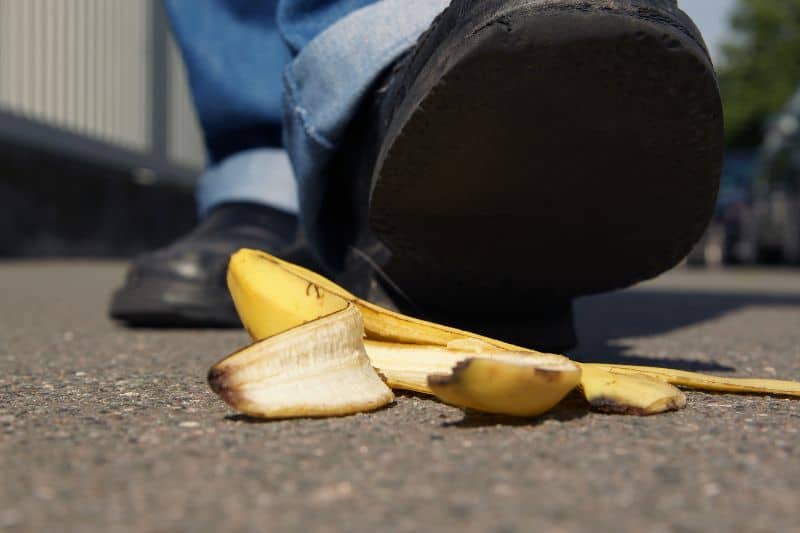
Can You Throw Banana Peels in the Garden?
You can put banana peels in the garden, but they must be strategically placed if you want to enjoy the organic benefits. Just throwing banana peels in your garden will not get you the desired benefits. Instead, place a single layer on top of the soil and ensure it doesn’t touch the plant stem. The rotten peels may attract flies, so just cover them with mulch, such as sugar cane mulch.
Bananas are nutrient-packed, and that also applies to their skin. Calcium, magnesium, potassium, sulfur, and phosphorus are some of the essential nutrients in the peel, and your plants and soil can benefit from them.
But then, you must be careful about how you present the peels to your garden. Sure, they will eventually decompose, but this may take months to years, which definitely isn’t what you want.
To make the most out of your banana peels, turn them into liquid fertilizer. Wondering how?
It’s simple:
- Cut the peels into smaller pieces and soak them for three days.
- Strain the water and pour it into a spray bottle for your indoor and garden plants.
- Bury the leftover peels in your garden or compost pile.
Alternatively, you can turn the banana peels into dried chips for the soil. Or they can be ground into a powder that you can mix with the earth.
Another option is using the banana peels as mulch. Only ensure that when doing so, you don’t allow direct contact with your plant stem. Plus, cover it with other mulch materials to prevent pests and bugs from seeking it out.
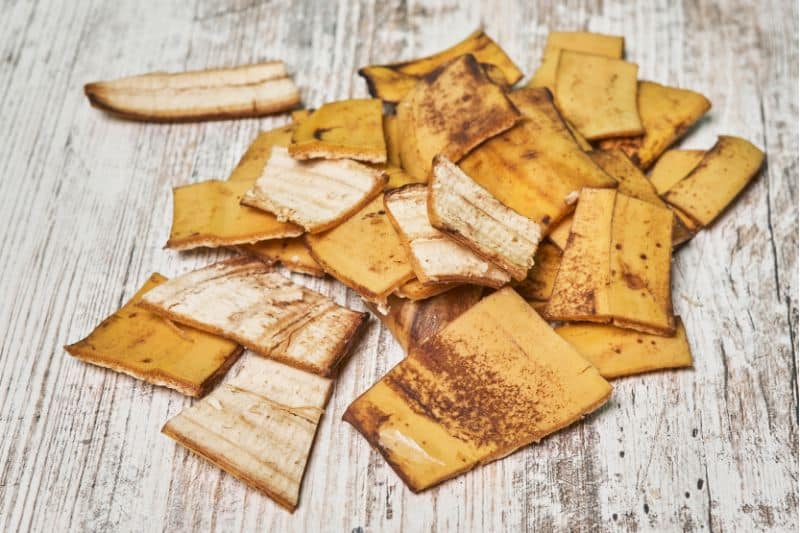
Is a Banana Peel Biodegradable?
Yes, a banana peel is biodegradable. Given the right weather conditions, it will break down to humus for the soil within six months to two years. The factors contributing to biodegradation are heat, microorganisms, moisture, and oxygen.
Before the end of the first week, the activity of fungi and bacteria would start. But it will be slower if there is not enough heat.
This is why the compost pile is the best place to decompose organic waste. Even on cold days, the heat in a compost pile remains controlled. And it helps that a bunch of other stuff is also generating and contributing to the heat.
A banana peel is biodegradable but doesn’t join the improper disposal trend. A compost bin is easy to set up; with a trash can half-filled with leaves, you can begin to dispose of your organic waste properly.
Can You Get a Ticket for Throwing a Banana Peel Out of the Car Window?
Definitely, if you are caught in the act, you will get a ticket. Throwing a banana peel out of the car window is littering, and a dangerous one, as a matter of fact.
Before you throw out a banana peel outside your car window, ask yourself these questions: What if it lands on the coming vehicle’s windscreen and causes an accident? How about a pedestrian stepping on it when there’s an approaching vehicle?
Besides, a banana skin will look immensely out of place on a tarred road. Many cars will drive over it and create a crushed and unattractive mess.
It will act as an attractant for bugs and even wild animals. Again, the dangerous act can result in wildlife-vehicle collisions.
The best thing to do is store the banana peels in a plastic bag to prevent fruit flies from circling them. If you don’t have a compost bin in your yard or community, put the bag in your freezer alongside similar waste and dispose of it at once.
Since it is well-wrapped, you can toss it in the trash can.
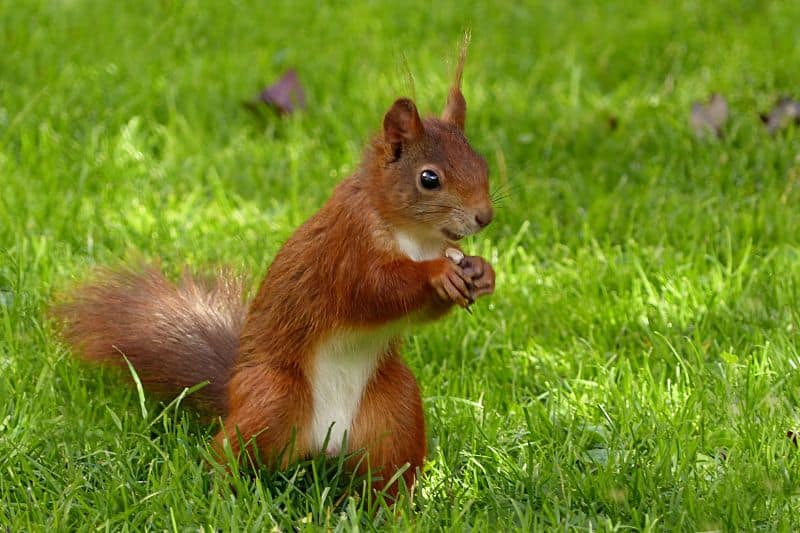
Do Banana Peels Attract Rodents?
If it looks and smells like food, it will attract rodents. That is one of the reasons it is best to avoid throwing your banana peels in your garden, on the trail, or out the window. You will give pests like mice and squirrels the wrong impression that there is a good food source nearby.
Dispose of the waste properly – by burying them in your garden, chopping the peels into smaller pieces, blending them, or adding them to your compost pile.
Can Banana Peel Be Used as Fertilizer?
Yes, banana peel can be used as fertilizer. Banana peels are super rich in minerals like sulfur, phosphorus, calcium, and magnesium, all essential to the soil. Hence, it’s recommended not to let all these minerals go to waste when your soil can benefit from them.
As a tea, you can soak the skin in water for three days and wet your indoor and outdoor plants. The leftover should be chopped and added to the soil to replenish it further. But ensure they don’t touch any part of the plants.
The skin will decompose slowly and release nutrients into the soil.
You can also add the peels to your compost pile. There, they will decompose with the rest of the waste.
Another method of fertilizing your plants with banana peels is grinding the dried skin. In its powdered form, it will thoroughly mix with the soil and slowly replenish it.
Conclusion
Littering is one significant threat to the environment, and it doesn’t matter if it is organic waste or not. When dealing with nature, it is best to leave things as you meet them, including maintaining the ecosystem.
